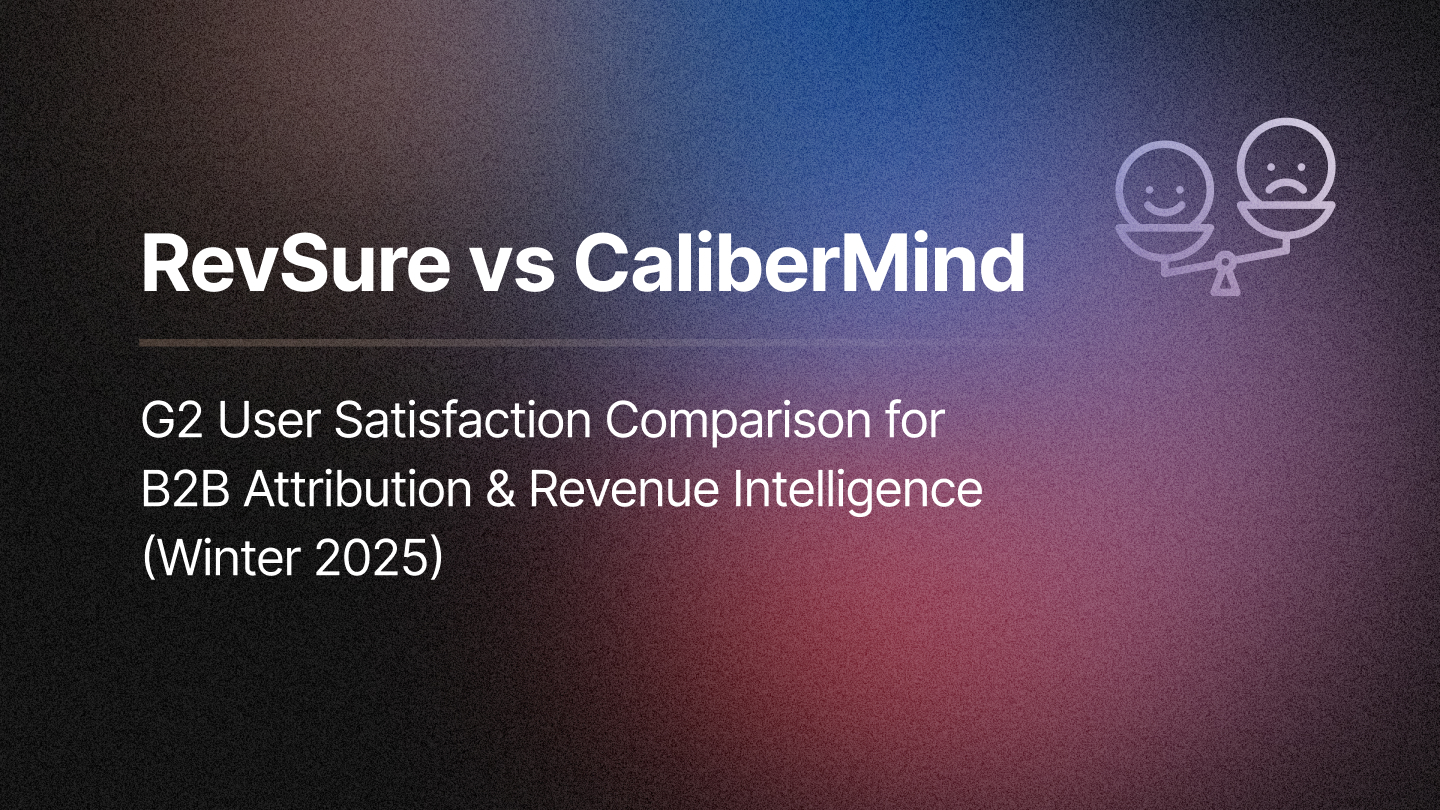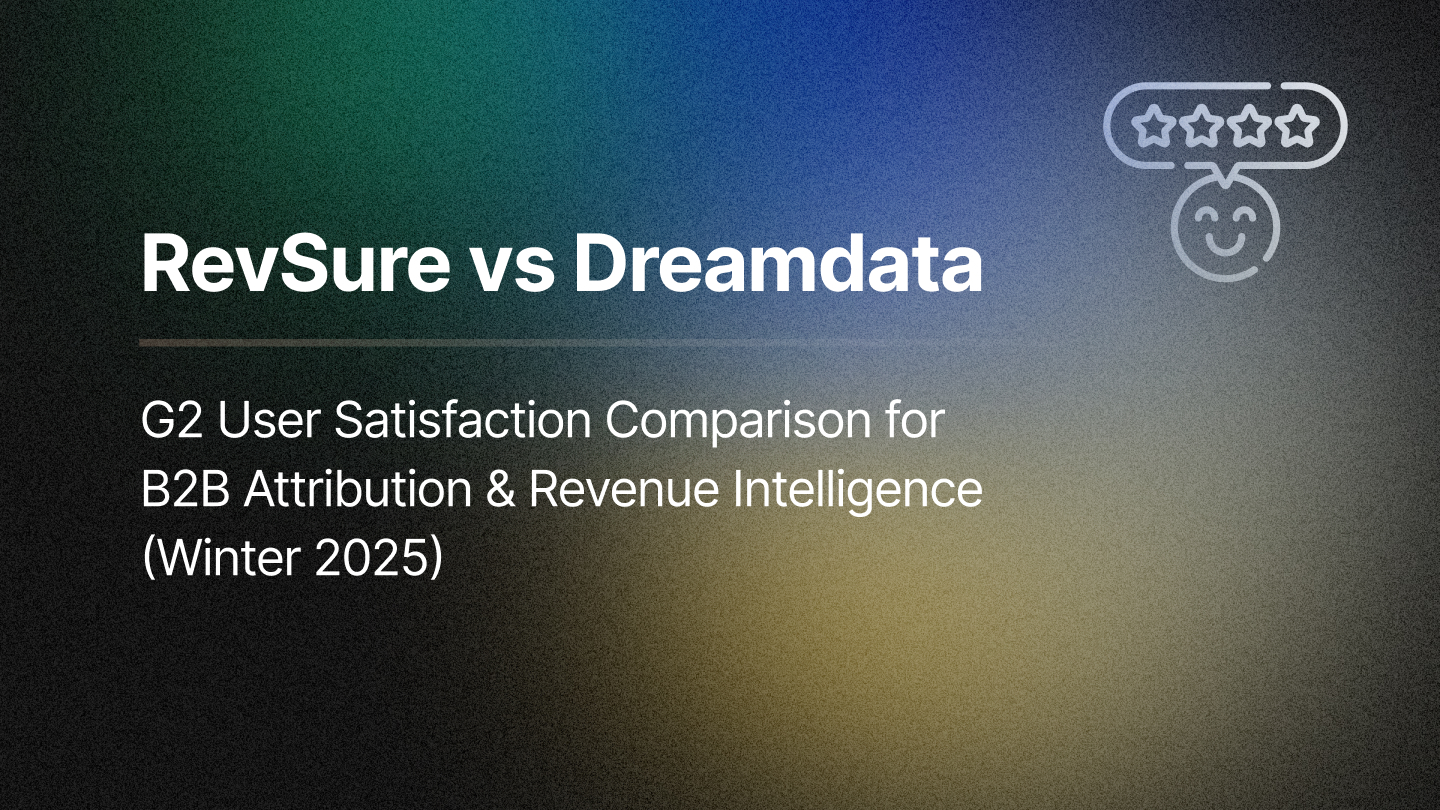As agentic AI gains momentum in the enterprise landscape, a provocative question has surfaced: Will autonomous AI agents render software—and by extension, SaaS—obsolete? At the heart of this debate is the rapid evolution of AI capabilities that allow agents to autonomously complete tasks and deliver outcomes across software systems. This has sparked fears that agentic AI will replace traditional applications, echoing headlines about the impending demise of SaaS. But a closer look reveals a more nuanced reality. Just as past tech revolutions transformed software without eliminating it, agentic AI is likely to reshape software delivery rather than destroy it. For Go-to-Market (GTM) teams in B2B SaaS, the implications are significant—this is a moment to lead the transition, not fear it.
Agentic AI and the SaaS Disruption Narrative
Agentic AI refers to AI systems capable of independently executing multi-step tasks, making decisions, and orchestrating workflows. Unlike static tools or simple bots, these agents leverage large language models, decision frameworks, and APIs to act across systems. For instance, an agent can not only recommend a new hire but also execute the onboarding—setting up accounts, configuring payroll, and scheduling training autonomously.
Understandably, this capability challenges the core value proposition of many SaaS tools. Traditionally, software provided structured interfaces for users to perform tasks. Now, agentic AI can perform those tasks directly. This prompts a fundamental question: If an AI agent can execute outcomes across multiple applications, what role is left for the software it replaces?
Critics argue that the fragmentation of enterprise SaaS—multiple point solutions, bloated costs, underused licenses—makes it ripe for consolidation. Former Google executive Surojit Chatterjee provocatively declared, “SaaS is dead,” advocating for AI-native systems that automate workflows and deliver business outcomes directly. He envisions a world where outcome-based pricing replaces per-seat licensing, where agents take center stage, and where traditional SaaS becomes irrelevant.
Yet, history cautions against extreme predictions. Transitions in tech are rarely binary. Mainframes coexisted with PCs. On-prem and cloud found balance in hybrid strategies. Even smartphones didn't kill the PC—they redefined its role. Agentic AI, too, is less an extinction event and more an inflection point for how software evolves.
Why Software Isn’t Dying—It’s Being Recast
The idea that agentic AI will kill software underestimates the role of software as a foundation. AI agents don’t function in a vacuum. They require robust software infrastructure, access to clean, connected data, and environments in which to act safely and effectively. If anything, their rise elevates the expectations placed on software. No longer is it enough for SaaS to offer interfaces and workflows. The new demand is for platforms that can support intelligent, autonomous orchestration.
In this emerging model, the software doesn’t disappear—it matures. Routine, rules-based logic may be automated away, but software will increasingly offer differentiated value through:
- Rich domain expertise
- Deep data integration
- Custom workflows and compliance handling
- Secure environments and AI orchestration layers
Agentic AI becomes the interface and action layer, while software becomes the intelligent substrate powering it. In doing so, SaaS transitions from a tool to strategic enabler, one that supports autonomous agents while embedding them into core business operations.
From Point Solutions to AI-Native Platforms
With agentic AI shifting the focus from tools to outcomes, GTM teams must understand where buyer expectations are headed. Traditional point solutions—each solving a narrow problem—are being replaced by AI-native, platform-oriented offerings. These platforms are designed from the ground up to support AI agents and unify functionality across previously siloed domains.
Characteristics of AI-Native Platforms:
- Full-System Integration: These platforms connect to CRMs, ERPs, communications tools, and more, giving agents full situational awareness. IBM’s watsonx Orchestrate, paired with Celonis, showcases this in action—agents execute accounts payable processes by accessing data and triggering tasks across multiple systems.
- Domain Intelligence: Platforms embed domain expertise into their architecture. For example, Salesforce has infused its CRM with industry-specific AI models through Einstein GPT, enabling use cases tailored to healthcare, finance, and more.
- Compound Product Design: Startups like Rippling demonstrate the value of combining HR, IT, and finance into one platform, eliminating the need for multiple tools. AI agents amplify this by working across these unified functions seamlessly.
- Outcome-Based Value: Rather than charging for access or usage, these platforms may shift to pricing models based on business results delivered. That could mean paying per issue resolved, lead converted, or employee onboarded, aligning cost with ROI.
These innovations create a new value chain: software powers the agent; the agent delivers the outcome; the business pays for the results.
SaaS is Being Replaced by… Smarter SaaS
It’s tempting to frame this shift as a zero-sum game—AI wins, software loses. But the more accurate framing is that traditional SaaS is being transformed into AI-augmented SaaS, or even rebranded as AI-native platforms. Major enterprise software companies are already repositioning:
- Microsoft’s Copilot Studio lets customers build their own autonomous agents.
- Toyota has nine generative AI agents live to help internal knowledge sharing.
- Aisera offers autonomous IT and employee support agents with measurable productivity gains.
Meanwhile, more than 80% of enterprise leaders expect to integrate AI agents into their business processes within three years. This isn’t hype—it’s momentum. For the GTM team, this reshaping creates a massive opportunity: be the voice that guides customers through the transition.
RevSure’s Agentic AI: Delivering Outcomes, Not Just Insights
One of the emerging leaders embracing this shift is RevSure.ai, an AI-native platform built specifically for B2B marketing and revenue teams. RevSure exemplifies how software is evolving beyond dashboards and workflows—into autonomous, outcome-driven systems.
RevSure’s agentic AI isn’t just about surfacing insights. It acts on them. The platform integrates deeply across the marketing and sales stack—from ad platforms and web analytics to CRMs and sales development tools—giving its AI engine full context to drive decisions and actions. This enables a set of agents that not only diagnose problems (like pipeline leakage or poor lead conversion) but also orchestrate remediation—such as recommending reallocation of budget, triggering targeted campaigns, or flagging high-propensity leads for immediate sales follow-up.
The company’s Reli AI copilot serves as a prime example of this agentic approach. Reli can answer complex, funnel-level questions (e.g., "How many leads from content syndication converted into opportunities last quarter?"), generate insights autonomously, and even simulate pipeline projections based on marketing input scenarios. It goes a step further by suggesting actions, and helping marketers decide what to do next to meet pipeline goals.
Crucially, RevSure aligns with the agentic AI philosophy by:
- Offering outcome-focused capabilities (e.g., “identify and revive stalled opportunities,” “improve lead-to-opportunity conversions”)
- Integrating across siloed tools and teams, reducing friction in decision-making
- Enabling predictive actions through models trained on full-funnel data
- Supporting RevOps and GTM teams with intelligent automation, not just data visualization
By shifting from passive analytics to proactive pipeline management, RevSure represents the kind of platform that doesn’t just survive in the age of agentic AI—it thrives.
For GTM teams evaluating how to embrace this new paradigm, RevSure offers a blueprint: start with deep data integration, focus on business outcomes, and embed AI that doesn’t just advise but acts.
What GTM Teams Should Do Now
As SaaS evolves into AI-native, platform-based solutions, GTM leaders must not only keep pace but set the tone. Here’s how:
1. Position Outcomes Over Interfaces
Don’t lead with product features. Lead with business results. Whether it’s reduced manual work, faster onboarding, or revenue growth, emphasize what your product achieves, not how users interact with it.
Example: Instead of “AI-powered CRM,” say “Our platform drives 40% faster sales cycles by automating follow-up and lead prioritization.”
2. Emphasize Strategic Integration
Customers are no longer buying tools—they’re buying partners who can embed them into their business. Highlight your integrations, data access, and domain expertise. Demonstrate how your platform works with their systems, not around them.
3. Adopt Flexible Pricing Models
Explore pricing that aligns with outcomes: per transaction, per ticket resolved, or per unit of business value delivered. This builds trust and creates alignment between vendor and customer success.
4. Elevate Customer Success and Support
AI systems performing critical tasks need higher-touch support. That may mean:
- Shared SLAs for AI behavior
- Human oversight protocols
- Audit trails and governance features
These “guardrails” can become selling points in sectors where risk, compliance, and transparency are non-negotiable.
5. Lead with Thought Leadership
Educate your market. Host webinars on responsible AI deployment, publish insights on platform design, and share case studies on real business outcomes. Buyers want clarity, not hype—offer guidance they can trust.
6. Experiment Internally
Use agentic AI internally—for lead qualification, content generation, or reporting. This builds your team’s fluency with the tech, fuels better product feedback loops, and makes GTM more credible in customer conversations.
Conclusion: Software’s New Chapter
Agentic AI doesn’t mark the death of software—it signals its renaissance. As with every technological leap, incumbents who adapt will thrive. The software of tomorrow won’t be a set of tools users operate manually—it will be a living platform orchestrating outcomes through AI, seamlessly embedded into the organization’s fabric.
For SaaS companies, this means shifting from building features to delivering autonomous capabilities, from selling tools to partnering on transformation. For GTM teams, it means leading the narrative, embracing flexibility, and aligning everything—messaging, pricing, support—around outcomes.
Agentic AI will redefine how value is delivered, measured, and paid for. But in doing so, it won’t make software irrelevant. It will make it more powerful, indispensable, and intelligent than ever before.
The winners? Those who don’t resist the change, but ride the wave—with strategy, substance, and speed.
Related Blogs





.jpg)

